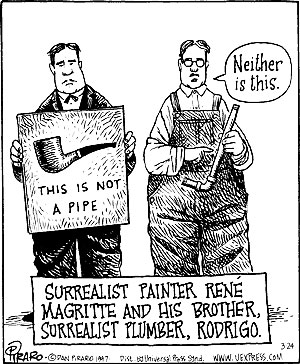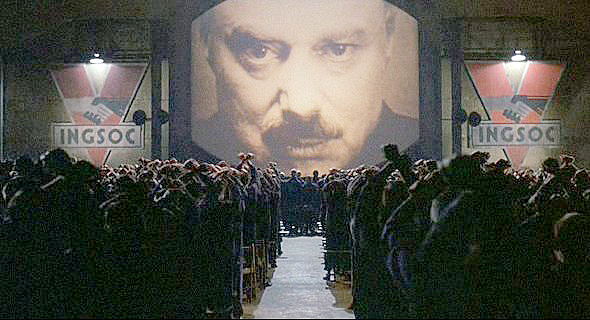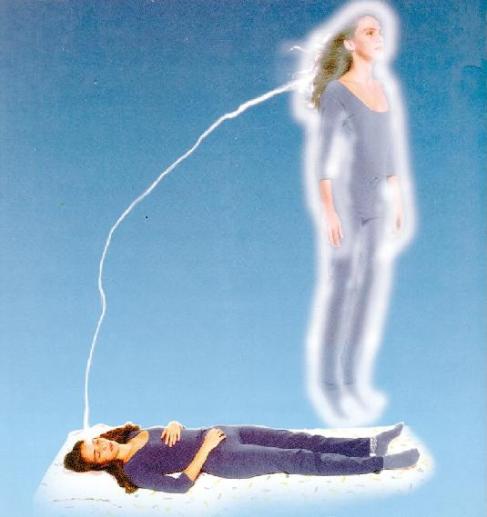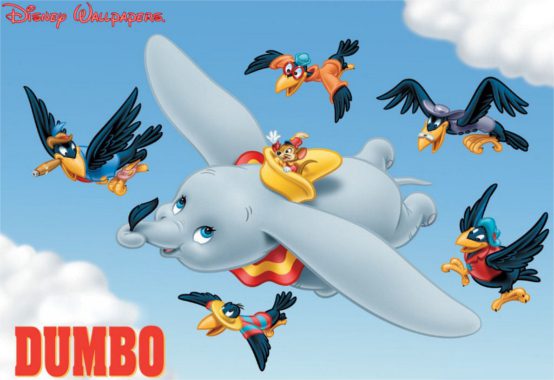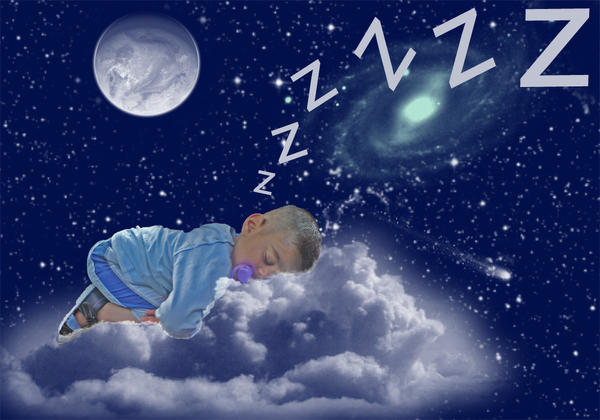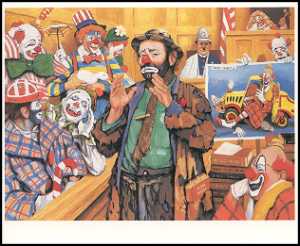
CONTENT EXTRACTION v. WELLS FARGO BANK [OPINION]:
"Applying Mayo/Alice step one, we agree with the district
court that the claims of the asserted patents are
drawn to the abstract idea of 1) collecting data, 2) recognizing
certain data within the collected data set, and 3)
storing that recognized data in a memory. The concept of
data collection, recognition, and storage is undisputedly
well-known. Indeed, humans have always performed
these functions." --Chen J on behalf of the panel.
To "abstract" means, in one sense, to remove details and draw out a more generalized idea, for example from a first set of words (i.e. words of a claim).
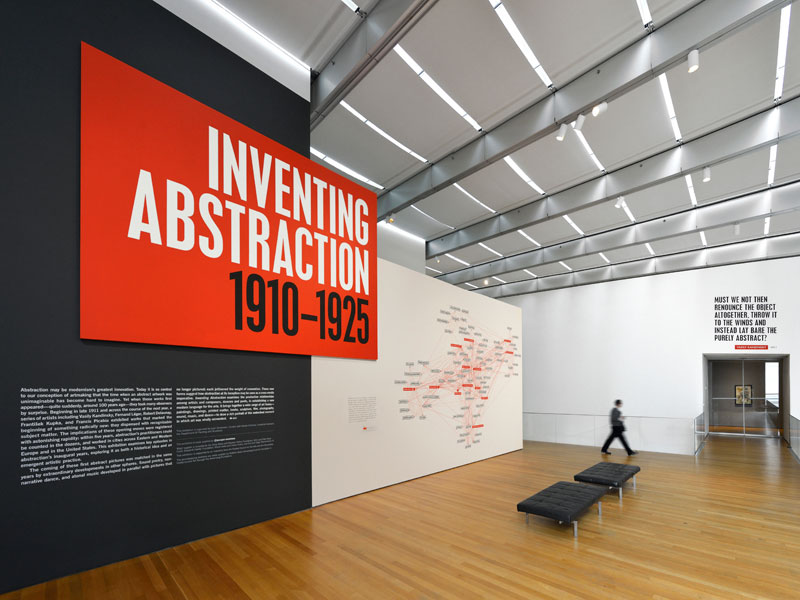
Words, however, are abstractions themselves.
So when one abstracts from a set of words, one is abstracting an abstraction.
How deep down can one abstract from an abstraction of an abstraction of a ...?

The end of the downward spiral is the idea of "idea" itself.
When we get to that level, most of us have no idea what idea means to begin with, let alone what "abstract" idea means.
The CONTENT EXTRACTION court goes on to explain:

"Applying Mayo/Alice step two, we agree with the district
court that the asserted patents contain no limitations—
either individually or as an ordered combination—
that transform the claims into a patent-eligible application. ... CET’s
claims merely recite the use of this existing scanning and
processing technology to recognize and store data from
specific data fields such as amounts, addresses, and dates.
... There is no “inventive concept” in CET’s use of a
generic scanner and computer to perform well-understood,
routine, and conventional activities commonly used in
industry. ... At most, CET’s
claims attempt to limit the abstract idea of recognizing
and storing information from hard copy documents using
a scanner and a computer to a particular technological
environment. Such a limitation has been held insufficient
to save [an inherently doomed] claim in this context."
So there you have it.
Claim words which are merely abstraction to begin with, need to be alchemically "transformed"
into patent-eligible stuff by not attempting to limit ... otherwise they are inherently doomed.
From the '855 patent:
The location of data to be extracted can be defined in a number of ways other than by use of a template. For example, the user can designate the absolute location of information on the document with respect to a grid overlaid on the document, e.g., always on line 3, starting in column i. The user can also identify information by specifying the relative location of information to be extracted, e.g., always two lines below the piece of data named "salutation", starting in column 3. The user can also specify the location of information to be extracted by variable location specification. For example, if the hard copy document is a letter, the module would conduct a key word search for the term "Dear Sir:". Wherever this term "Dear Sir:" is located, this piece of data would be associated with the variable specified by the user, for example, the variable "salutation." In addition, a defined set of conventional symbols can be used to signify certain recurring data items for the convenience of users of the instant invention. For example, a "@" symbol can be used to delineate the vendor name as follows: "@XYZ Corporation@". Other examples of the use of symbols to delineate information will be described with reference to FIG. 14.
The maintains definition module 2.2 is also used to maintain data relationships in accordance with content instructions and to maintain input file formats in accordance with transmission format instructions. Relationships are defined and maintained between pieces of data, specified by, for example, the names of variables, through the define relationships module 2.2.2. The names of pieces of data on the document are retrieved by, for example, the define template module 2.2.1, and are passed to the define relationships module 2.2.2. The user may then provide any additional pieces of data needed to generate an input file for a particular application program or unit, such as an input file line number. The user, the applications software, and/or instructions previously stored in memory then establishes the contents of the input file by defining relationships between pieces of data using content instructions. Specific examples of content instructions will be discussed below in conjunction with FIGS. 11, 12A, 12B, 12C, 13A, 13B, and 13C.

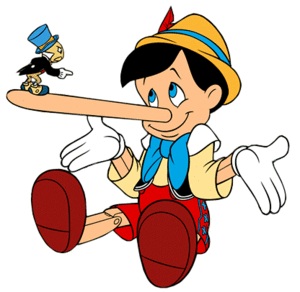
 A bit of New Year's celebration math:
A bit of New Year's celebration math:










